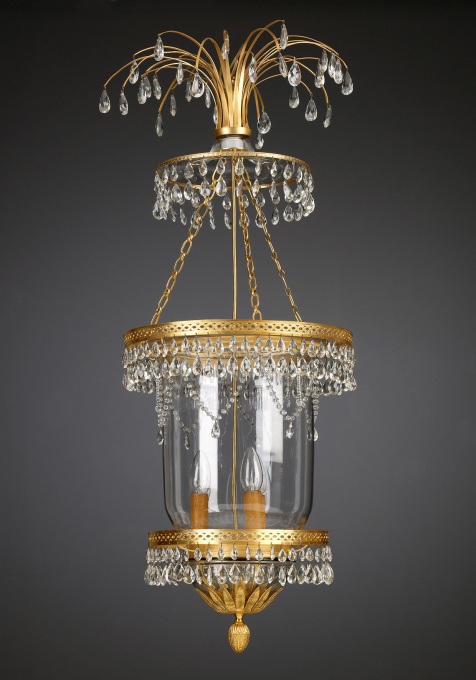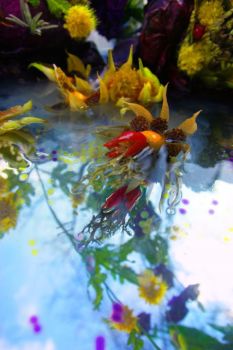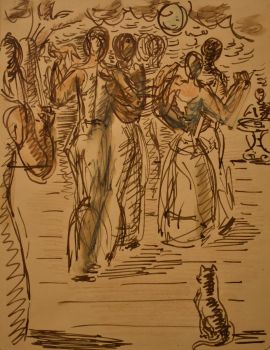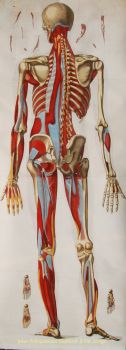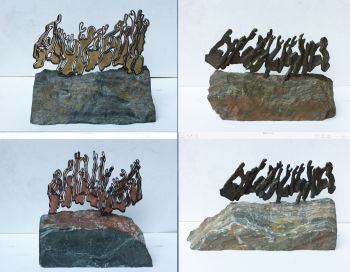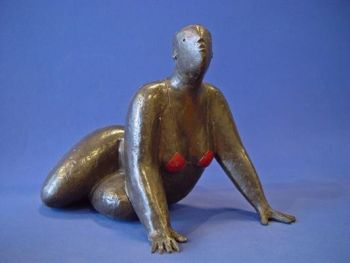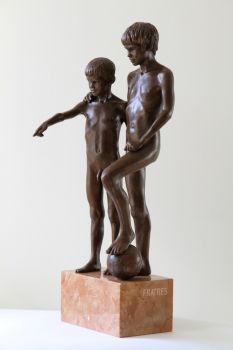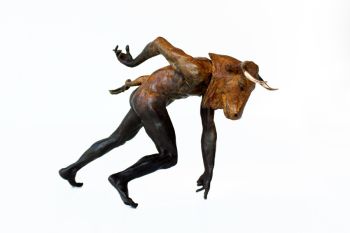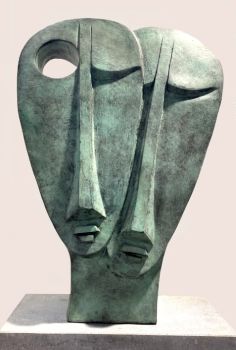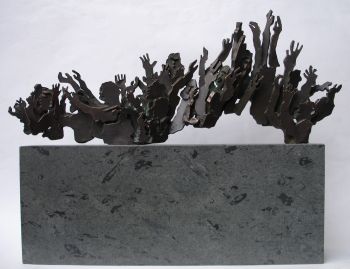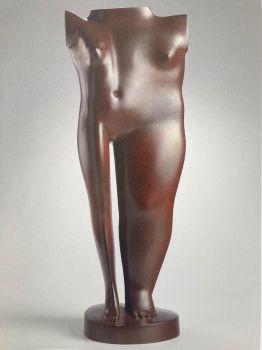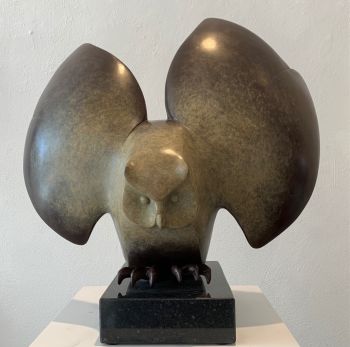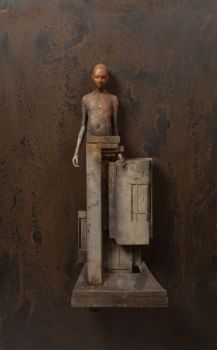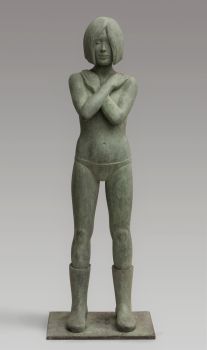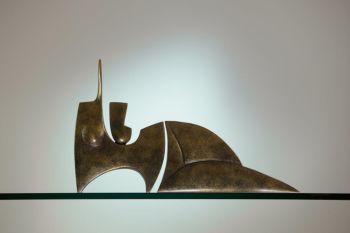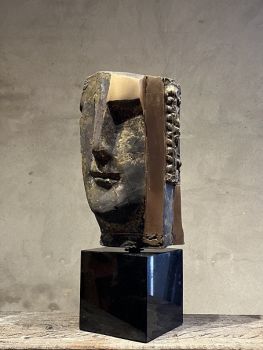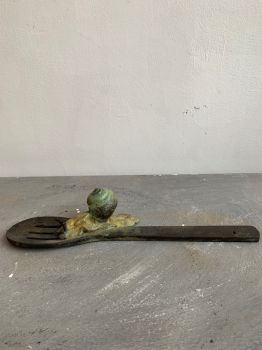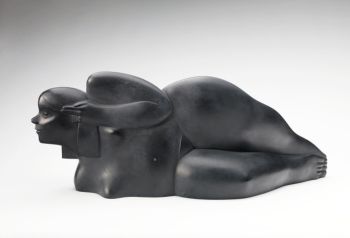Hall Lantern, Saint Petersburg 1800
Unknown artist
GlassBronzeGoldCrystalMetalGiltGemstone
100 cm, ø 37 cm
Currently unavailable via Gallerease
- About the artworkA hall-lantern with three lights that are placed within a bell jar.
These lanterns were ideal for lighting the hall, because the bell jar protects the candles from being blown out by the draft of the opening front door. This lantern is elaborately decorated with cut crystal pear-shapes, that reflect the light of the candles.
Saint Petersburg became capitol of the Russian Empire in the 18th century. Czar Peter the Great was the first to settle himself in the city. From 1762 onwards it was the ostentatious Catherine the Great who took residence in Saint Petersburg. She expanded the city with palaces and important buildings. The Russian nobility had to follow resulting in a wave of renovation and decoration of their domicile. This resulted in an explosion of factories and workshops for decorative arts and luxury goods around Saint Peterburg. As soon as 1735 the first glassworks were founded near the city, soon to be followed by many more. The various enterprises manufactured glass and crystal, tableware, vases, mirrors and parts for lanterns and lighting, all of extremely high quality. - About the artist
It might happen that an artist or maker is unknown.
Some works are not to be determined by whom it is made or it is made by (a group of) craftsmen. Examples are statues from the Ancient Time, furniture, mirroirs, or signatures that are not clear or readible but as well some works are not signed at all.
As well you can find the following description:
•“Attributed to ….” In their opinion probably a work by the artist, at least in part
•“Studio of ….” or “Workshop of” In their opinion a work executed in the studio or workshop of the artist, possibly under his supervision
•“Circle of ….” In their opinion a work of the period of the artist showing his influence, closely associated with the artist but not necessarily his pupil
•“Style of ….” or “Follower of ….” In their opinion a work executed in the artist’s style but not necessarily by a pupil; may be contemporary or nearly contemporary
•“Manner of ….” In their opinion a work in the style of the artist but of a later date
•“After ….” In their opinion a copy (of any date) of a work of the artist
•“Signed…”, “Dated….” or “Inscribed” In their opinion the work has been signed/dated/inscribed by the artist. The addition of a question mark indicates an element of doubt
•"With signature ….”, “With date ….”, “With inscription….” or “Bears signature/date/inscription” in their opinion the signature/ date/ inscription has been added by someone other than the artist
Artwork details
Related artworks
- 1 - 4 / 12
Unknown artist
AN IVORY NETSUKE OF A DUTCHMAN FROLICKING WITH A SMALL BOY18th century
Price on requestZebregs & Röell - Fine Art - Antiques
Unknown artist
A SMALL IVORY NETSUKE OF A DUTCHMAN WITH A DRUM1750 - 1800
Price on requestZebregs & Röell - Fine Art - Antiques
Unknown artist
A MARINE IVORY NETSUKE OF A DUTCHMAN HOLDING A CHINESE FAN18th century
Price on requestZebregs & Röell - Fine Art - Antiques
1 - 4 / 24- 1 - 4 / 24

